Table of Contents
How to visit Cu Chi tunnels, located in the district of Cu Chi just northwest of Ho Chi Minh City, are a remarkable feat of engineering and a symbol of the resilience of the Vietnamese people. This intricate network of underground tunnels, stretching over 200 kilometers, played a crucial role in the Vietnam War and continues to attract visitors from all over the world today. In this article, we will guide you through the history of Cu Chi Tunnels, how to get there, what to expect when exploring the tunnels, and other tips to make the most of your visit.
Introduction to Cu Chi Tunnels
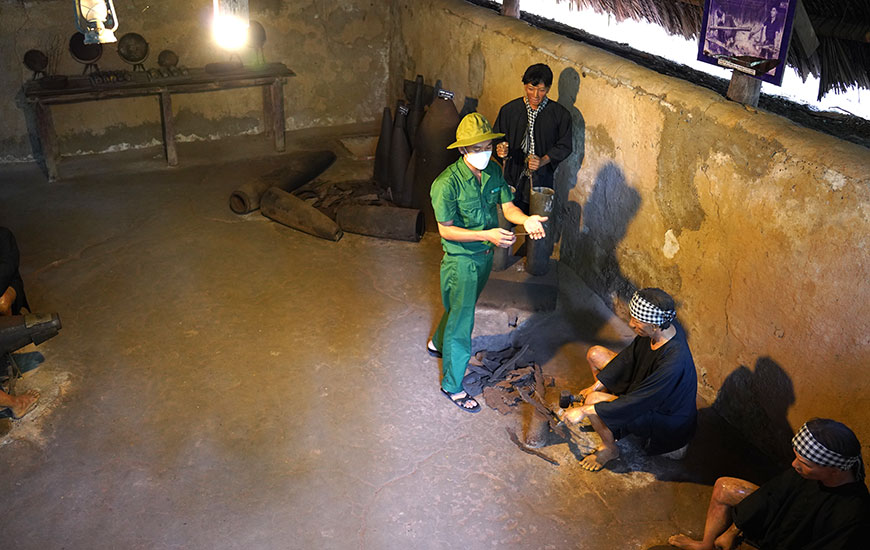
How to visit Cu Chi tunnels have a rich and storied history that dates back to the early 1940s when the Vietnamese people began constructing them as a means of protection against the French colonial forces. However, it was during the Vietnam War that the tunnels truly gained notoriety. As the war intensified, the Vietnamese resistance movement, known as the Viet Cong, expanded and refined the tunnel system, turning it into a vital component of their guerrilla warfare tactics. The tunnels provided the Viet Cong with a hidden network of underground bases, hospitals, kitchens, and storage facilities, enabling them to wage a protracted war against their adversaries.
The Cu Chi Tunnels were also used as a means of communication and transportation for the Viet Cong, allowing them to move undetected between different areas. The tunnels were equipped with trapdoors, booby traps, and other defensive mechanisms to protect against enemy attacks. Despite facing constant bombing and attempts by the American forces to destroy the tunnels, the Viet Cong were able to maintain and expand the network, proving its effectiveness as a strategic defense.
History of Cu Chi Tunnels

The construction of the Cu Chi Tunnels began in the late 1940s and continued throughout the 1960s. The tunnels were initially dug by hand using simple tools such as shovels, hoes, and pickaxes. As the war progressed, the Viet Cong utilized more advanced tools and techniques, including explosives and bamboo scaffolding, to expand and reinforce the tunnels.
The tunnels were divided into three levels: the first level was just a few meters below the ground and used for storage and living quarters, the second level was deeper and used for military operations, and the third level was the deepest and served as a command center. The tunnels were also equipped with ventilation systems, wells for drinking water, and even makeshift hospitals.
Today, the Cu Chi Tunnels have been preserved and turned into a tourist attraction, providing visitors with a glimpse into the harsh conditions and ingenious tactics used by the Vietnamese people during the war.
Getting to Cu Chi Tunnels
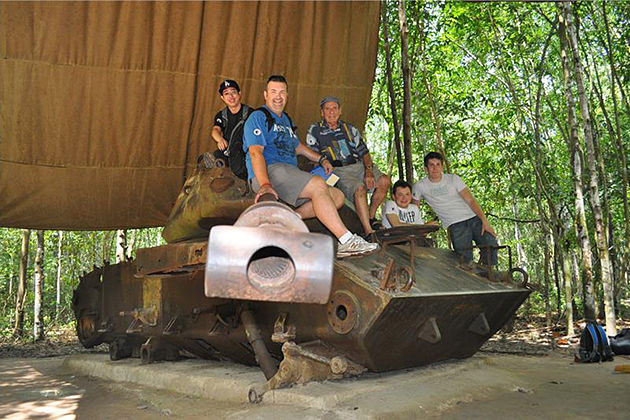
How to visit Cu Chi tunnels are located approximately 70 kilometers northwest of Ho Chi Minh City, making them a popular day trip destination for tourists. There are several ways to get to the tunnels, including:
- By bus: The most affordable option is to take a public bus from Ho Chi Minh City’s Ben Thanh Bus Station to Cu Chi Bus Station. From there, you can take a taxi or motorbike taxi to the tunnels.
- By private car or taxi: This is a more convenient but pricier option. You can hire a private car or taxi from Ho Chi Minh City to take you directly to the tunnels.
- By organized tour: Many tour companies offer guided tours to Cu Chi Tunnels, which include transportation, entrance fees, and a guide. This is a hassle-free option for those who want a more structured experience.
Guided Tours of Cu Chi Tunnels

One of the best ways to explore the Cu Chi Tunnels is through a guided tour. Not only will you have a knowledgeable guide to provide you with information and insights, but you will also have the opportunity to experience the tunnels in a safe and organized manner.
There are various types of guided tours available, including half-day or full-day tours, private or group tours, and even specialized tours for history buffs or adventure seekers. Some tours also include stops at other attractions in Cu Chi, such as the Ben Duoc Memorial Temple or the Hoang Cam smokeless stove village.
Exploring the Tunnels: What to Expect

Visiting the Cu Chi Tunnels is a unique and unforgettable experience, but it’s not for the faint of heart. The tunnels are narrow, dark, and can be claustrophobic for some people. It’s essential to wear comfortable clothing and closed-toe shoes as you will be crawling through some sections of the tunnels.
During your visit, you will have the opportunity to see different parts of the tunnel system, including the living quarters, command center, and weapons storage areas. You can also try your hand at shooting an AK-47 rifle at the shooting range (for an additional fee) or sample some traditional Vietnamese food at the on-site restaurant.
Tips for Visiting Cu Chi Tunnels
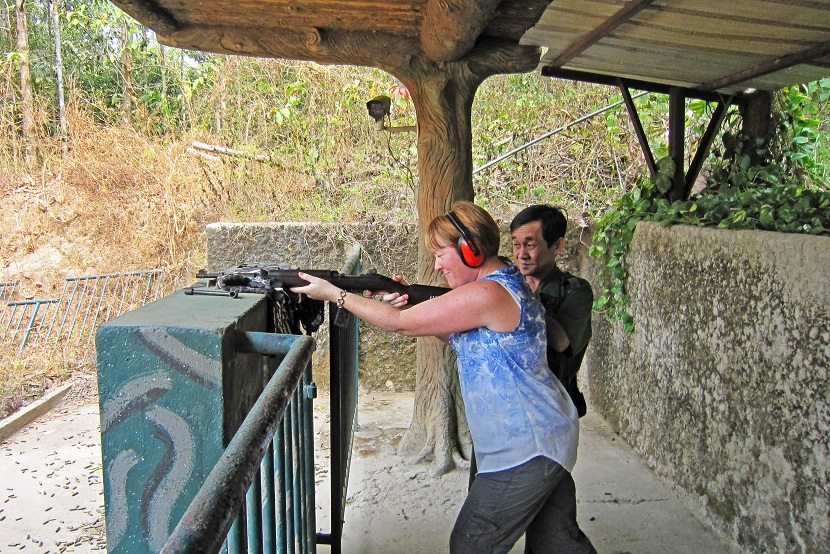
- Wear comfortable and appropriate clothing: As mentioned earlier, it’s important to wear comfortable clothes and closed-toe shoes when visiting the tunnels.
- Bring insect repellent: The tunnels are located in a forested area, so it’s best to protect yourself from mosquito bites.
- Be mindful of your surroundings: The tunnels can get crowded, especially during peak tourist season, so be aware of your surroundings and follow the instructions of your guide.
- Stay hydrated: It can get hot and humid in Vietnam, so make sure to bring a water bottle with you and stay hydrated throughout your visit.
- Respect the site: The Cu Chi Tunnels are a significant historical site for the Vietnamese people, so it’s important to be respectful and follow any rules or regulations in place.
Facts and Figures about Cu Chi Tunnels

- The total length of the tunnel system is estimated to be over 200 kilometers.
- The tunnels were used by the Viet Cong as a base of operations during the Tet Offensive in 1968.
- It’s believed that over 45,000 Vietnamese soldiers died while fighting in the tunnels.
- The tunnels were also used as a means of smuggling supplies and weapons from Cambodia into South Vietnam.
- In 1988, the Cu Chi Tunnels were recognized as a National Historical Site by the Vietnamese government.
| Year | Number of visitors to Cu Chi Tunnels |
|---|---|
| 2016 | 1.2 million |
| 2017 | 1.4 million |
| 2018 | 1.6 million |
| 2019 | 1.8 million |
| 2020 | 1.5 million (due to COVID-19 pandemic) |
Cu Chi Tunnels: A Must-See Destination
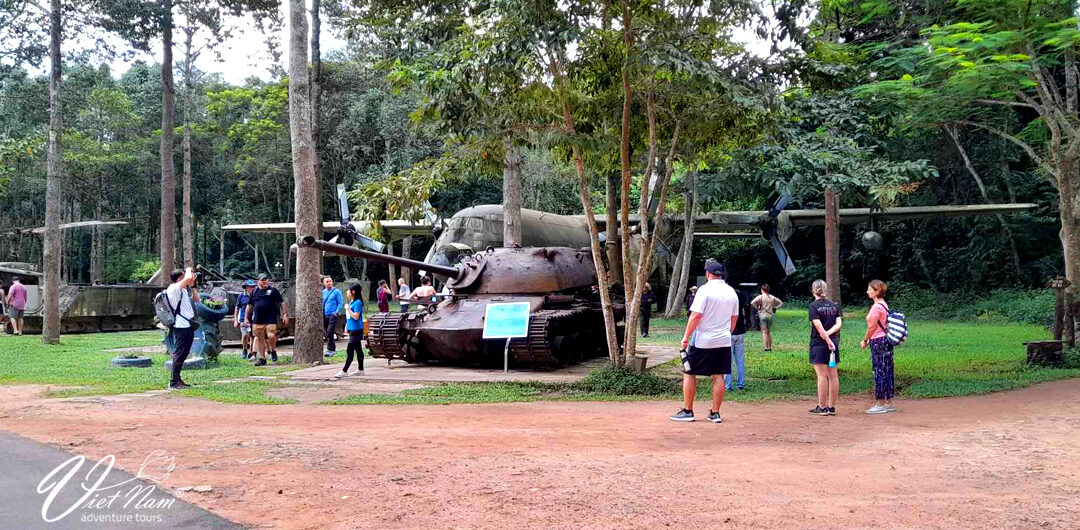
How to visit Cu Chi tunnels? Visiting the Cu Chi Tunnels is not only an opportunity to learn about the history of the Vietnam War, but it’s also a chance to witness the resilience and determination of the Vietnamese people. The tunnels are a testament to the ingenuity and resourcefulness of the Vietnamese soldiers who fought against foreign forces.
Beyond the historical significance, the tunnels are also a popular tourist destination due to their unique and immersive experience. Whether you’re a history buff, an adventure seeker, or simply looking to explore something new, the Cu Chi Tunnels should definitely be on your list of must-see destinations in Vietnam.
Beyond the Tunnels: Other Attractions in Cu Chi

While the Cu Chi Tunnels are undoubtedly the main attraction in the district of Cu Chi, there are other places worth visiting in the area. These include:
- Ben Duoc Memorial Temple: This temple was built to honor the soldiers who fought and died in the Cu Chi Tunnels during the Vietnam War. It’s located about 3 kilometers from the tunnels and is a peaceful and serene place to pay your respects.
- Hoang Cam smokeless stove village: This village is famous for its traditional stoves that produce minimal smoke, making them ideal for use in the tunnels. Visitors can learn about the process of making these stoves and even try cooking with them.
- Cao Dai Temple: Located about 10 kilometers from the tunnels, this temple is the center of the Cao Dai religion, which combines elements of Buddhism, Taoism, Confucianism, and Christianity.
- Tay Ninh Holy See: This is the headquarters of the Cao Dai religion and is an impressive complex with colorful architecture and intricate designs.
Video
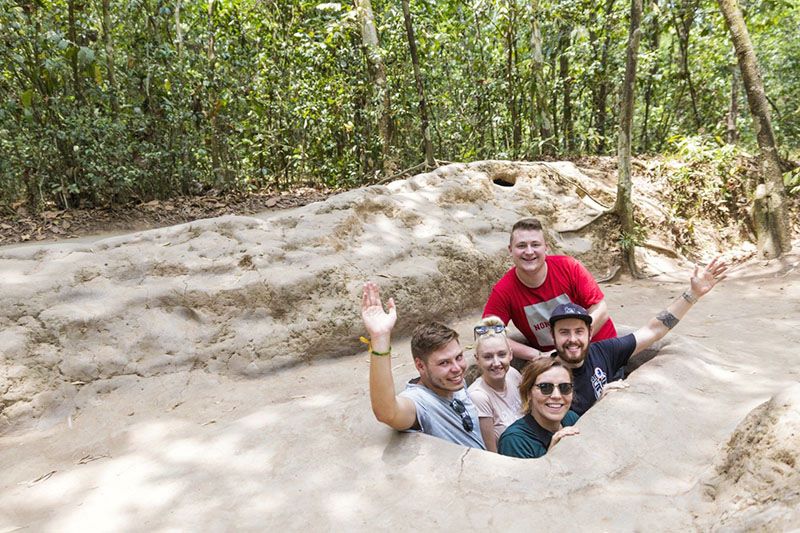
Conclusion: Making the Most of Your Visit to Cu Chi Tunnels
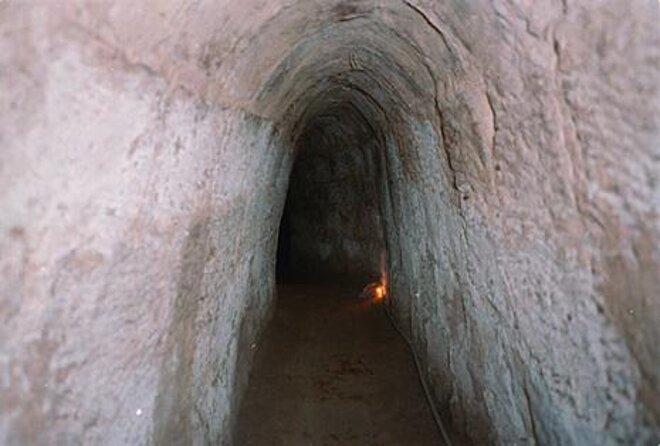
How to visit Cu Chi tunnels is a must-do for anyone traveling to Vietnam. Not only will you learn about the country’s history, but you will also gain a deeper appreciation for the resilience and determination of the Vietnamese people. Whether you choose to explore the tunnels on your own or through a guided tour, remember to be respectful and mindful of the significance of this site. And don’t forget to take some time to visit other attractions in Cu Chi to get a well-rounded experience of this fascinating district.